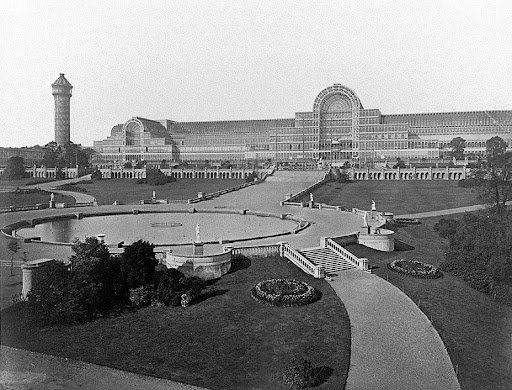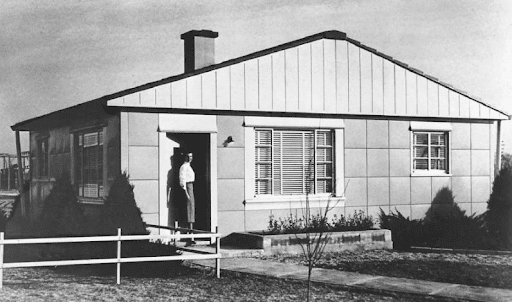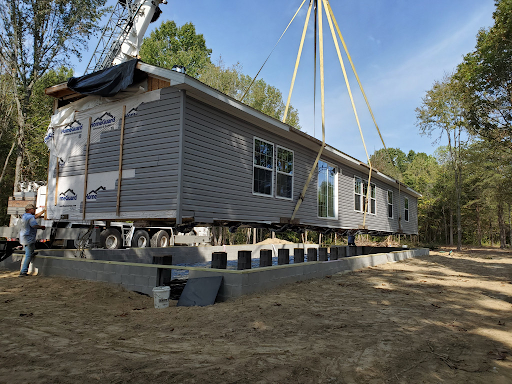History of Modular Construction
The concept of modular construction can be traced back to ancient civilizations. The Egyptians and Romans used prefabricated elements in building structures like pyramids and aqueducts. However, modular housing as we know it today began to take shape much later.

Industrial Revolution and Early Innovations
The Industrial Revolution in the 19th century marked a significant turning point for modular construction. The rise of factories and mass production techniques led to the creation of standardized, pre-fabricated building components. One notable example from this era was the Crystal Palace, constructed in London in 1851, which showcased modular principles with its cast-iron framework and interchangeable parts.
Early 20th Century
The early 1900s saw the commercial idea of modular homes gain traction. Architects like Walter Gropius and Jean Prouvé began experimenting with modular design concepts. Frank Lloyd Wright proposed early ideas of modular design in his Usonian homes, using a grid system for design and construction


World War II and Post-War Era
World War II created a surge in demand for quick and efficient construction methods. This need gave birth to prefabricated housing solutions and contributed to the post-war housing boom. Perhaps no one was as famous as Sears, Roebuck and Company. Sears Catalogue Homes were ready-to-assemble kit houses sold through mail order.
Mid-20th Century
In the 1950s and 60s, the concept of modularity spread. Plug-and-play panel systems became popular in prefabricated houses like Lustron and Gunnison. The 1960s saw futuristic modular housing schemes focused on installing individual housing units on mass structural frames, influenced by the Space Race and Atomic Age aesthetics.


Late 20th Century
The late 20th century saw a resurgence in modular construction. Advancements in materials, technology, and an increased focus on sustainability gave new life to modular housing. Manufacturers began creating entire building modules in controlled factory environments, improving quality control and reducing construction waste.
21st Century
Today, modular construction has become a popular choice for a wide variety of needs, from residential housing to commercial structures. Modern modular homes offer high-quality designs, sustainability features, and quick installation. The use of computer-aided design has enabled more innovative and customizable modular housing solutions.
Future Outlook
As society continues to focus on sustainability and cost-effectiveness, modular housing is likely to play an increasingly prominent role in the future of construction. With ongoing advancements in technology and materials, the potential for modular housing continues to expand, offering efficient, sustainable, and innovative building solutions.
